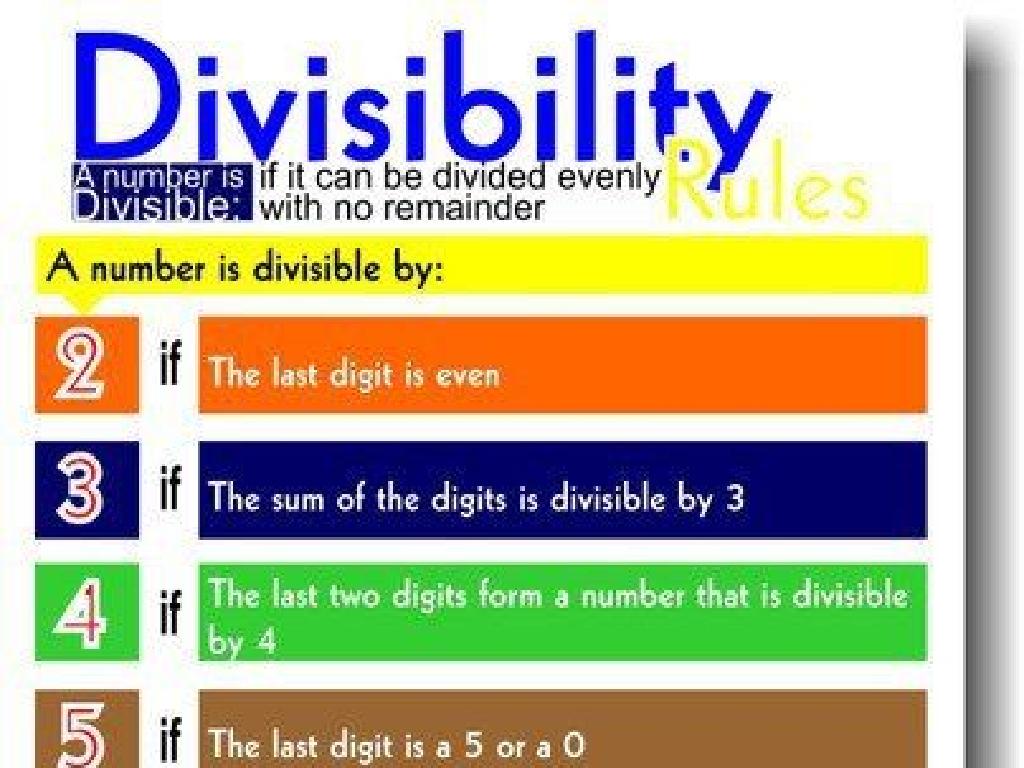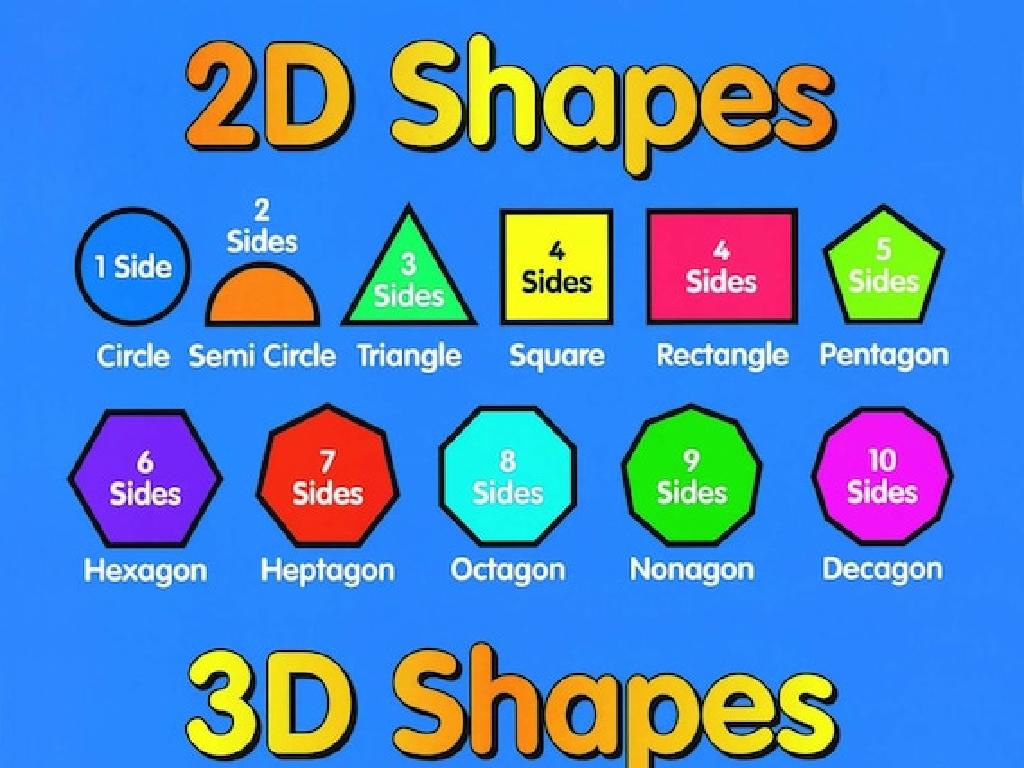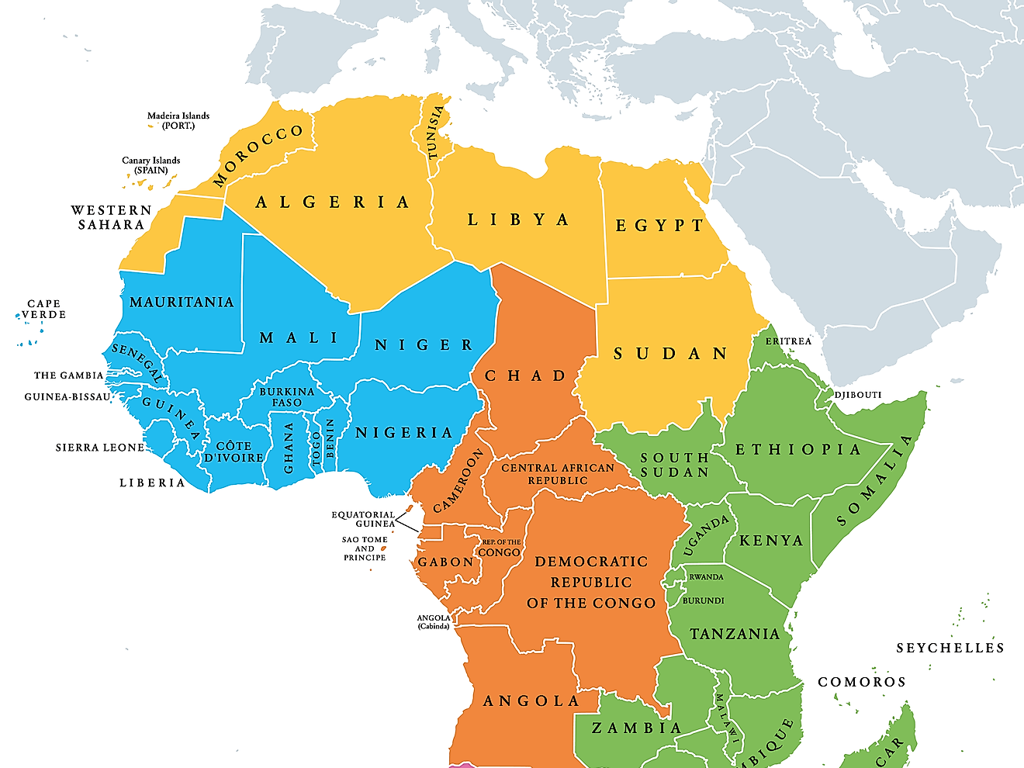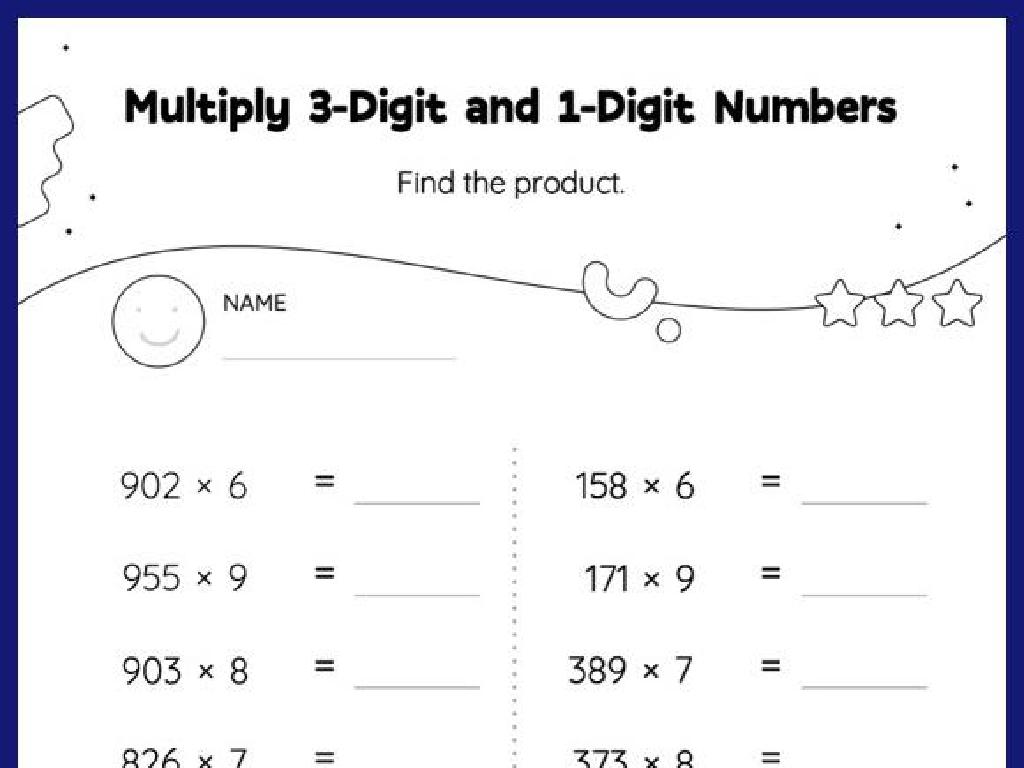Which Definition Matches The Sentence?
Subject: Language arts
Grade: Third grade
Topic: Multiple-Meaning Words
Please LOG IN to download the presentation. Access is available to registered users only.
View More Content
Exploring Multiple-Meaning Words
– Discover words with multiple meanings
– Words like ‘bat’ can mean a flying mammal or a baseball tool.
– One word, different meanings?
– ‘Bark’ can refer to a tree’s outer layer or the sound a dog makes.
– Context determines meaning
– The words around the tricky word tell us which meaning fits.
– Examples and practice
– We’ll use sentences to practice choosing the right meaning.
|
This slide introduces the concept of multiple-meaning words to third-grade students. Begin by explaining that some words look and sound the same but have different meanings depending on the sentence they are used in. Use familiar examples to illustrate this point, such as ‘bat’ and ‘bark’, and show how context clues within a sentence can help determine the correct meaning. Engage the class with practice sentences where they apply their understanding to identify the right meaning of given words. Encourage participation and provide immediate feedback to reinforce learning.
Multiple-Meaning Words
– Words with multiple meanings
– Same word, different meanings based on the sentence.
– Example: ‘bat’ – animal and sports
– ‘A bat flies at night’ vs. ‘He swung the bat’.
– Context determines meaning
– Words can be confusing without context clues.
– Practice with sentences
|
This slide introduces the concept of multiple-meaning words, which are words that sound the same but have different meanings depending on the context. Use the word ‘bat’ as an example to show how it can refer to an animal or sports equipment. Emphasize the importance of context in determining the correct meaning of a word. Encourage students to look for clues in the surrounding text to figure out which meaning is being used. Plan an activity where students can practice identifying the correct meaning of multiple-meaning words in different sentences. This will help them with reading comprehension and vocabulary skills.
Context Clues: Unlocking Word Meanings
– Context clues help define words
– Clues in sentences help figure out tricky words
– Surrounding words guide us
– Words before and after the tricky word are hints
– Practice finding clues
– We’ll do examples as a class to learn this skill
– Interactive class activity
|
This slide introduces the concept of context clues to third-grade students, emphasizing how they can use the words and phrases around an unfamiliar word to determine its meaning. The slide sets the stage for an interactive class activity where students will practice this skill together. The teacher should prepare several sentences with multiple-meaning words and guide the students through the process of identifying the correct meaning based on context. Encourage participation and praise efforts to foster a supportive learning environment. The activity should be engaging and cater to different learning styles, possibly including group work or individual practice.
Match the Definition: Multiple-Meaning Words
– Read the sentence carefully
– Examine words around the tricky word
– Look for clues before and after the word
– Choose the correct definition
– Think about what makes sense in the sentence
– Practice with examples
– Try using sentences with words like ‘bat’, ‘bark’, and ‘light’
|
This slide is aimed at helping third-grade students understand how to determine the meaning of words with multiple meanings based on context. Start by instructing students to read the entire sentence, not just the word in question, to gain a full understanding of the meaning. Next, guide them to look at the words directly surrounding the tricky word for context clues. These could be descriptive words, synonyms, antonyms, or explanations. Then, have the students choose the definition that best fits the context of the sentence. Provide practice sentences where a word with multiple meanings is used in different contexts. For example, ‘The bat flew in the night sky’ versus ‘He swung the bat at the baseball game.’ This will help them see how context changes meaning.
Exploring Multiple-Meaning Words: ‘Bark’
– ‘Bark’ has different meanings
– Example 1: Dog’s loud bark
– Refers to the sound a dog makes
– Example 2: Tree’s rough bark
– Describes the outer layer of a tree
– Match ‘bark’ with correct sentence
|
This slide is aimed at helping third-grade students understand the concept of multiple-meaning words through the word ‘bark’. Begin by explaining that some words in English have more than one meaning. Use the examples provided to illustrate the different meanings of ‘bark’. For Example 1, guide students to understand that ‘bark’ refers to the sound a dog makes. For Example 2, explain that ‘bark’ is used to describe the texture of a tree’s outer layer. Encourage students to think about the context of each sentence to determine which meaning of ‘bark’ is being used. This exercise will enhance their vocabulary and reading comprehension skills.
Your Turn to Practice: Exploring Word Meanings!
– I’ll give you sentences with a special word
– Decide the meaning of the word in context
– Think about how the word is used in the sentence
– Write down your word meaning ideas
– Use clues from the sentence to help you
– Share your meanings with the class
|
This slide is designed to engage students in an interactive class activity focused on understanding multiple-meaning words through context. Provide students with sentences containing words that have more than one meaning. Encourage them to use context clues to infer the correct meaning of the word in each sentence. They should write down their thoughts and be prepared to discuss their reasoning with the class. This activity will help them develop critical thinking skills and improve their vocabulary. As a teacher, facilitate the discussion, provide feedback, and ensure that each student has the opportunity to participate and share their answers.
Class Activity: Word Detective
– Become a word detective!
– Find multi-meaning words
– Look for words that can mean different things
– Write sentences for each meaning
– Use the words in sentences that show each different meaning
– Share your discoveries
|
In this activity, students will act as detectives to find words with multiple meanings in books they enjoy. Encourage them to think about how the context of a sentence gives different meanings to the same word. For example, the word ‘bat’ can refer to an animal or a piece of sports equipment. They should write original sentences that illustrate each meaning they find. This exercise will help them understand the concept of multiple-meaning words and enhance their critical thinking skills. During the next class, students will have the opportunity to share their findings, fostering a collaborative learning environment. Provide guidance on how to use context clues to discern meaning and encourage creativity in sentence construction.
Review and Share: Multiple-Meaning Words
– Recap on multiple-meaning words
– Words that sound the same but have different meanings
– Context’s role in understanding
– Context helps figure out the correct meaning in a sentence
– Share your word discoveries
– Discuss the different meanings
– How one word can mean different things in different sentences
|
This slide is meant to consolidate the students’ understanding of multiple-meaning words and emphasize the importance of context in determining meaning. Begin by reviewing what multiple-meaning words are and provide examples. Explain how context clues within a sentence can help decipher the correct meaning of a word. Encourage students to share the words they found and discuss how they used context to understand them. This will help reinforce their learning and demonstrate practical application of the concept. Prepare to facilitate a discussion where students can explain how the same word can have different meanings in different sentences.
Becoming a Word Master!
– Congratulations, word detectives!
– Words can be tricky
– Some words have more than one meaning
– Context clues are your best tool
– Look for hints in the sentence to understand the word
– Practice makes perfect
|
This slide is meant to wrap up the lesson on multiple-meaning words and to congratulate the students on their hard work. Emphasize the importance of context in determining the meaning of a word. Remind them that some words may look the same but can mean different things depending on how they are used in a sentence. Encourage them to keep practicing with different texts to become proficient in identifying the correct meaning of multiple-meaning words. Celebrate their progress and encourage them to continue exploring language with curiosity and enthusiasm.






